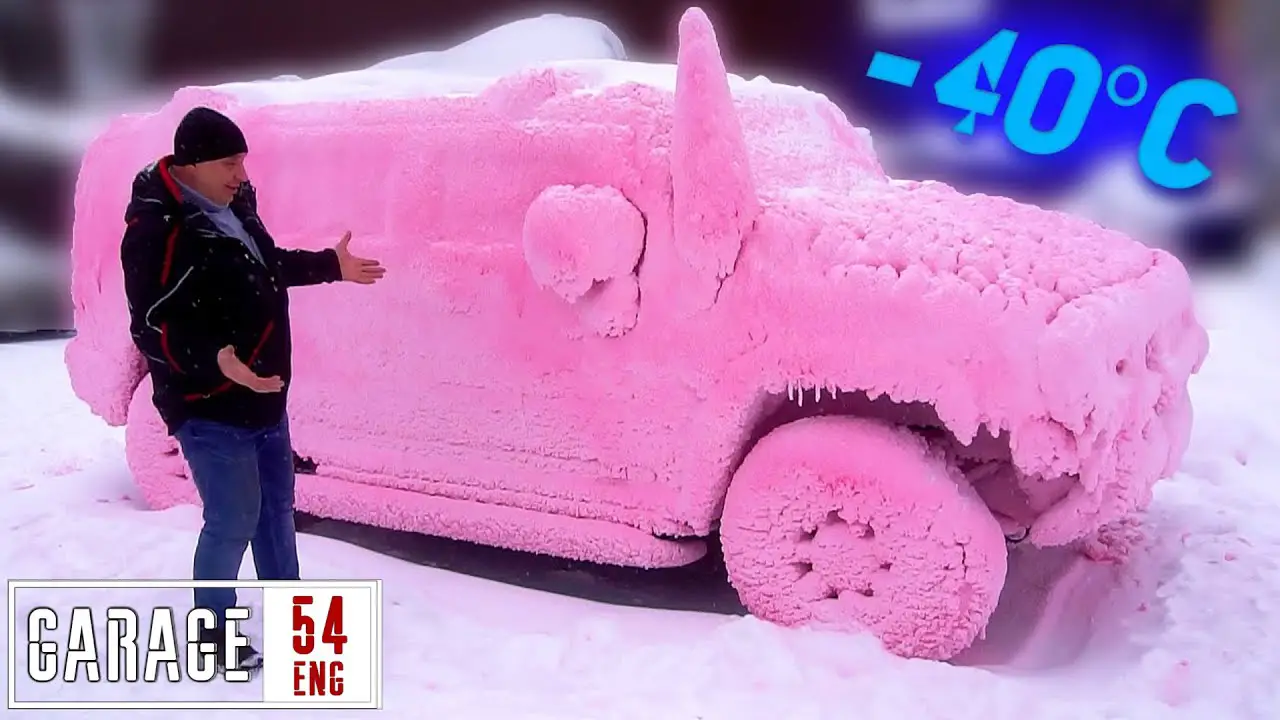Haas F1 Team’s Pivotal Change: Addressing Performance Challenges with New Aerodynamics
In a decisive turn of events, Haas Team Principal Guenther Steiner unveiled plans to overhaul their car’s aerodynamic design. This move, sparked by the team’s struggle throughout the 2023 Formula 1 season, marks a significant shift in their approach to improve performance.
Key Takeaways:
- The VF-23’s significant tyre wear issues have been a key factor in Haas’s fall to the eighth position in the standings, with a mere 11 points to their name.
- Unlike Haas, their technical partner since 2016, Ferrari, has already adopted a downwash aerodynamic solution similar to Red Bull’s successful design, leaving Haas as the only team yet to implement this style.
- Ahead of the Singapore Grand Prix, Steiner confirmed Haas’s plans to transition to a downwash aerodynamic shape, aligning with the strategies of other successful teams in the paddock.

Haas’s journey in the 2023 Formula 1 season has been a rollercoaster of highs and lows. Initially off to a promising start under the new regulations, the team’s VF-23 car faced substantial challenges with tyre degradation, leading to a significant dip in their performance and standings.
Ferrari, Haas’s long-standing technical ally, has shifted to a downwash aerodynamic concept inspired by Red Bull, demonstrating notable success. This leaves Haas as the only team yet to adopt a similar approach in design. Steiner’s recent statement signals a crucial change in direction:
“The concept of the car will change, going in that direction, you know you’re limited with the chassis and a few other things, but we’re trying to go to that common downwash shape like everybody else has got.”
Despite budgeting for updates based on their current design, Haas refrained from introducing new upgrades due to a lack of performance improvement. This decision paved the way for reallocating resources towards the major overhaul. Steiner explained:
“The plan was to have more upgrades with the concept we have now, but because we didn’t find performance, we didn’t introduce… or we did not introduce upgrades this year because we didn’t want to make them, there was no performance, there was no point making car parts if the car doesn’t go faster, so because we haven’t spent money we can now spend it on this big upgrade.”
Addressing speculation about Haas’s struggles being linked to its partnership with Ferrari, Steiner clarified:
“I don’t think it’s down to Ferrari… I wouldn’t blame Ferrari for that one.”
As Haas prepares for the upcoming Singapore Grand Prix, Steiner maintains a cautious yet optimistic stance. Although acknowledging ongoing issues with tyre preservation, there’s hope that the impending track changes could play to their advantage. Steiner remains determined:
“I think it’s a 2-stop for everybody so that helps a little bit.” He concluded, “Always we try the best we can do, you can never give up… you need to do the best out of the car you can and that’s what we’re doing.”
This strategic pivot by Haas reflects the relentless nature of Formula 1, where adaptation and evolution are vital for survival and success. As the team embarks on this ambitious transformation, all eyes will be on how these changes translate into their on-track performance in the races ahead.



